When SaaS companies expand into new global markets, they often face a critical decision: Should we translate their existing content or localize it? While these two terms are sometimes used interchangeably, they represent different approaches, each with unique implications for SEO and user experience.
In this article, I will break down the differences between content localization and translation, how each impacts your global SEO, and help you determine which strategy best suits your business goals.
What’s the difference between translation and localization?
Translation and localization are often confused, but they play distinct roles in global expansion.
Translation
Translation involves converting content directly from one language to another. The goal is to maintain the original meaning while making it accessible to speakers of a different language. A good translator ensures the content flows naturally and reads as smoothly in the target language as in the original.
However, translation primarily focuses on linguistic accuracy, often leaving out cultural context, idiomatic expressions, and regional preferences. For example, translating a SaaS product description might effectively convey the features but fail to engage users if the tone feels awkward or out of place.
Localization
Localization goes beyond language conversion, adapting content to the specific cultural, linguistic, and even technical needs of a region. This process considers regional dialects, cultural references, and local idioms to create content that resonates with the audience. It might involve reformatting a webpage, adding local context, or tailoring keywords to match the search behavior of users in that market.
Importantly, localization can also mean adapting value propositions and addressing pain points unique to a region. For instance, translating an English SaaS website into French is straightforward, but localization could require adjusting terminology for France versus French-speaking Canada, modifying cultural references, or even rethinking how product features are presented based on local business norms.
Why Understanding the Differences is Crucial for SEO
From an SEO perspective, the distinction between translation and localization can have a significant impact on search engine rankings, user engagement, and overall website performance. Search engines prioritize content that is both relevant and valuable to users in a specific region. Merely translating content might make it readable for a foreign audience, but it often fails to capture local search intent, resulting in poor search engine visibility and lower conversion rates.
For instance, consider the difference between translating the keyword “promotion” from English to Italian, versus localizing it for different Italian-speaking regions. In Italian, “promozione” might be a common search term, but in Swiss Italian “promuovimento” is used. A literal translation would miss these nuances, leading to suboptimal keyword targeting and less relevant content for users in that specific market.
Furthermore, localization ensures that the tone and style of the content align with cultural norms. This can significantly impact user experience and conversion rates. A SaaS company that localizes its content for the Japanese market, for example, might find that polite and formal language resonates better with users, leading to higher engagement than a direct translation of a more casual, English-speaking tone.
While translation is a faster and more affordable way to make content available in new markets, it often overlooks the intricacies of language and culture that can make or break a global SEO strategy. Localization, though more complex, ensures that your content is not only readable but also relatable, relevant, and optimized for both users and search engines in specific regions.
Capture new markets with international SEO
Find out how our multilingual, multi-region team can help you drive international traffic and conversions.
Get a marketing consultation
The Role of Localization in SEO
Localization goes beyond translating content—it’s about creating a seamless, culturally relevant experience for users in specific regions. When done correctly, localization can significantly boost your SEO by aligning with local search behaviors and meeting the unique needs of your audience.
Here’s why localization plays such a crucial role in your global SEO strategy:
1. Aligning with local search intent
Localized content is tailored to reflect how users in a specific region think, search, and engage with information online. Search engines prioritize content that aligns with the user’s search intent, meaning they reward websites that offer the most relevant and valuable content for a specific region.
For example, in the US, users searching for a “project management tool” might be looking for SaaS solutions like Trello or Asana. But in Taiwan, users might be looking for different type of solution, might also be more familiar with local platforms, and their search queries may reflect this difference. By adapting your content to match local search habits—using keywords, phrases, and formats that resonate with the target audience—you’re ensuring that search engines see your content as the most relevant result for regional users.
2. Tailoring keywords for local search engines
Localization allows you to go beyond mere translation and actually research and optimize for region-specific keywords. This doesn’t only apply to Google—other markets rely on different search engines with their own algorithms, such as Yandex in Russia or Baidu in China.
These platforms value content that is relevant to their users’ behaviors and search patterns, and localized SEO helps you rank higher on these platforms by optimizing for local terms. Localized SEO also mean adapting your strategy to the local search engine, considering how they rank content, the type of content they rank and the metrics they use to determine if a page is worth it or not.
For example, while the word “software” might rank well in US-based searches and work well in multiple contexts, the localized equivalent in South Korea could have a very different nuanced meaning like “소프트웨어” [so-peu-teu-wei-eo, or “software” in English] or “프로그램 [peu-ro-geu-raem, or “program” in English].” Understanding these differences allows SaaS companies to use the right terminology, boosting their visibility in local search engines and driving more targeted organic traffic.
3. Enhancing user experience (UX)
Search engines are increasingly focused on user signals like bounce rate, time on site, and engagement metrics. When content is not localized, users may feel disconnected, even if they understand the language. They might leave the site quickly or fail to engage with the content because it doesn’t feel relatable.
Imagine a U.S.-based e-commerce website selling winter coats expanding to the UK. The unlocalized product description reads:
Translated but Unlocalized Copy: “Our jackets are perfect for surviving freezing temperatures. You’ll stay warm when it’s 20°F outside!”
While the UK audience might understand the words, the reference to 20°F creates a disconnection because they use Celsius. Many UK users might not know that 20°F is roughly -6°C, making the content less relatable and potentially confusing. The phrasing also doesn’t align with how people in the UK typically describe weather conditions.
Localized Copy: “Our jackets are perfect for keeping you warm in freezing temperatures, even when it’s as cold as -6°C outside!”
Localization directly impacts these engagement metrics. By adapting your messaging, visuals, and even user interface to fit the local context, users are more likely to stay on your site, engage with your content, and ultimately convert.
A localized landing page that uses the appropriate cultural cues—such as payment methods, trust symbols, or even humor—can make a huge difference in building trust and driving conversions.
4. Respecting Cultural Nuances and Expectations
Localization also ensures that your content aligns with local cultural values and expectations. This can range from using appropriate tone and formality to incorporating local social norms (including visuals). Failing to do this can result in not just poor engagement, but also a damaged brand reputation in the local market.
For instance, in some Asian countries, it’s common to use a more formal tone and polite language in marketing content. Meanwhile, a direct, casual approach might resonate better with Northern European audiences. The goal of localization is to speak to your audience in a way that feels natural to them, which in turn can improve your SEO as user behavior metrics (like time on page and bounce rate) improve.
Case Study: Notion’s Success in Japan
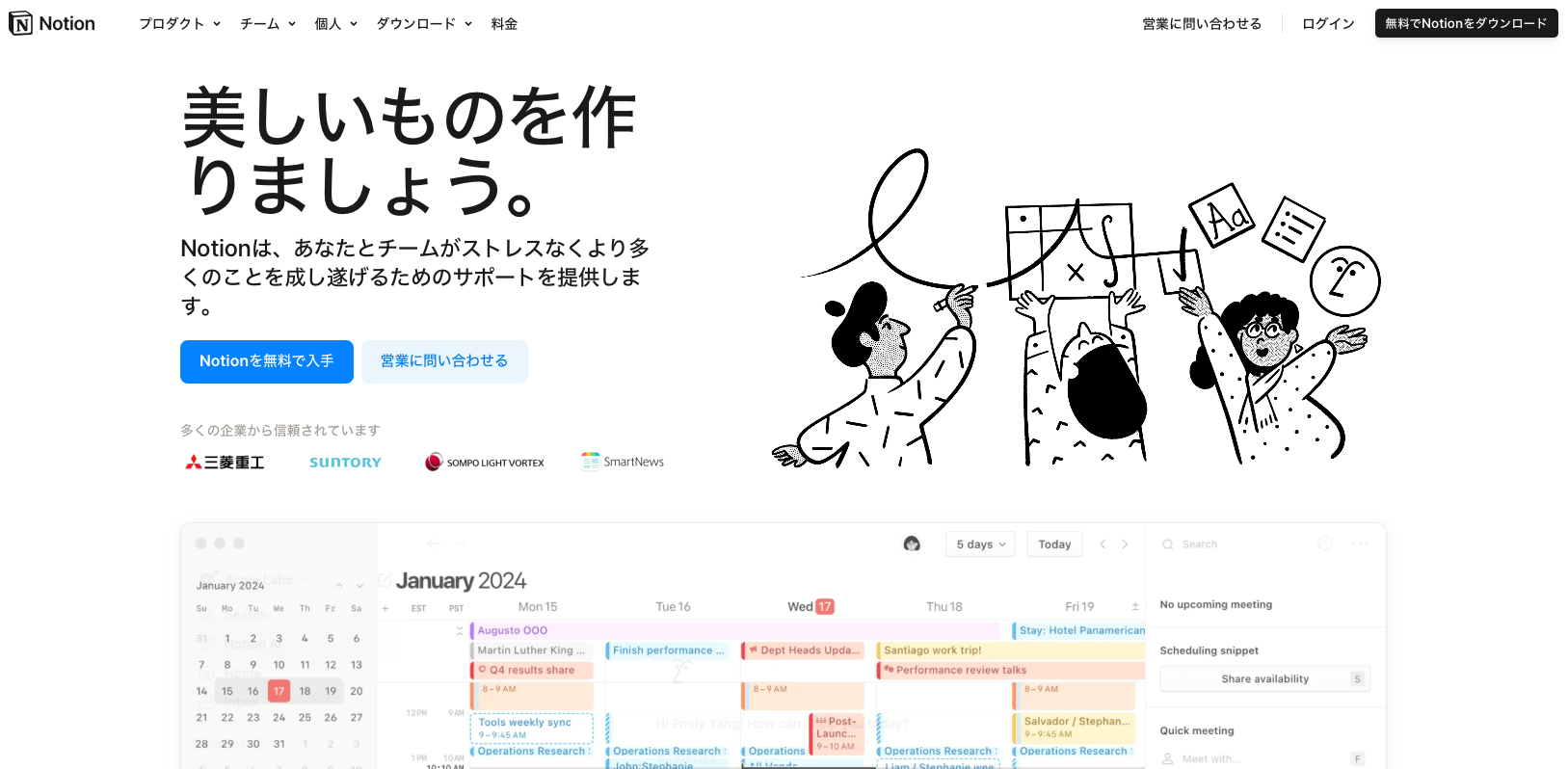
SaaS company Notion is a powerful example of successful localization. When Notion expanded into Japan, they did more than just translate their content into Japanese. They adapted it to fit Japanese business norms, preferences, and search behaviors. Notion focused on using formal language, adapting their UX to the Japanese reading direction and visual preferences, and even adjusted their marketing messaging to reflect cultural norms in the workplace.
As a result, Notion saw significant improvements in their rankings on Japanese search engines. They also experienced higher engagement metrics, such as time spent on site and lower bounce rates, which are critical factors in SEO success. By localizing their entire content experience, Notion was able to enter a competitive market and gain a foothold, showing that localization isn’t just an SEO tactic—it’s a long-term investment in user experience and brand loyalty.
The Role of Translation in SEO
Translation is often seen as the fastest way to scale your content to international markets. It allows you to make your SaaS product or service accessible in a different language without significantly altering the core messaging or structure. However, while translation enables a quicker market entry, it can fall short in terms of SEO effectiveness and user engagement when not handled with care.
One of the main challenges with direct translation is that it often fails to capture the nuances of how users search in different markets. SEO relies heavily on understanding and catering to local search intent—something that straightforward translation miss. Search terms that perform well in one language might not resonate or rank as highly in another, even if they are directly translated.
For instance, a keyword that works well in Spanish, like “siesta”, may not have an equivalent in another language or may not reflect how people in that region express similar concepts. While “siesta” tends to be translated as “nap,” it refers culturally to the afternoon break between 2–5 p.m. in Spanish-speaking countries.
If this nuance isn’t considered, your SEO efforts might optimize for keywords your target audience isn’t searching for or doesn’t associate with the intended meaning. This can lead to lower visibility, poor search engine rankings, and a significant waste of resources.
A good example of translation falling short comes from Airbnb. In its early days of international expansion, Airbnb relied heavily on translation to make its platform accessible in non-English speaking markets. While the site was translated into various languages, the translations were literal and did not take into account the cultural and linguistic nuances of each region.
For example, in some European countries, literal translations of terms like “property” or “rental” didn’t align with how locals typically searched for vacation stays. This led to lower visibility on search engines and hindered user engagement. Visitors to the site found the content to be grammatically correct but disconnected from local expressions and phrases that resonated with how they naturally searched for accommodation.
As a result, Airbnb experienced challenges with SEO performance in these markets, seeing higher bounce rates and lower conversions. Users who landed on the site weren’t always finding the experience as intuitive or relevant as they expected.
Recognizing this issue, Airbnb moved from basic translation to a more nuanced localization approach. They began incorporating local idioms, adjusting phrasing for region-specific search intent, and refining their keywords to match the ways people searched in each target market. This shift greatly improved their SEO performance and user engagement, helping Airbnb establish a stronger presence in competitive international markets.
Compare Airbnb for Argentinians with Airbnb for European Spanish
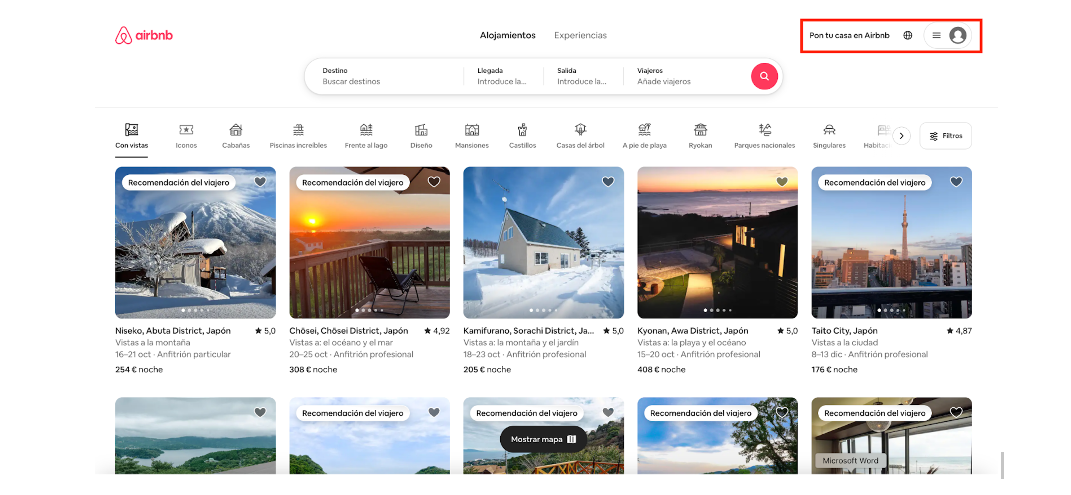
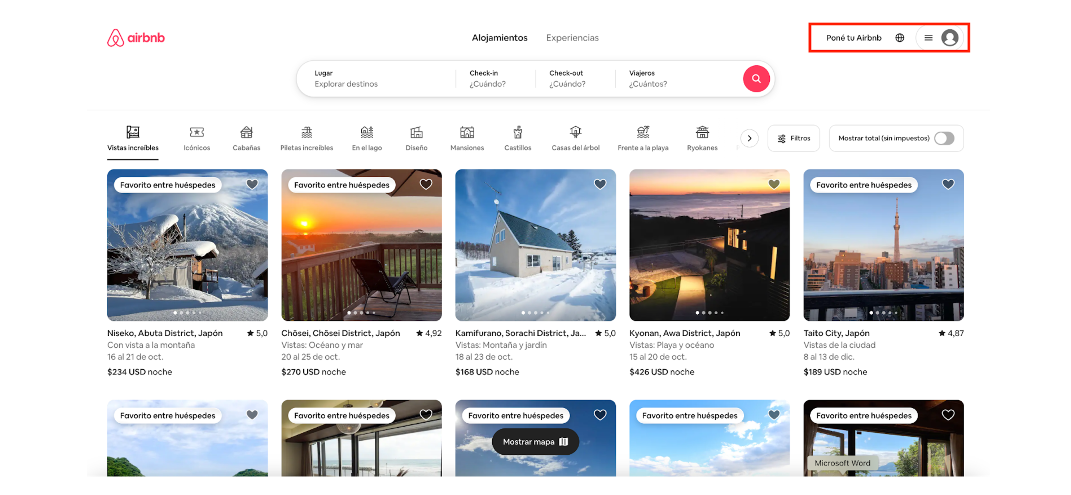
The SEO Impact of Localization vs. Translation
When expanding into global markets, the way search engines rank your content depends on how well it aligns with user behavior and regional search patterns. Both localization and translation have implications for SEO, but localization tends to be far more powerful in terms of improving visibility, engagement, and search engine rankings.
1. Search Engine Behavior: The Localization Advantage
Search engines like Google, Baidu (China), Yandex (Russia), and Naver (Korea) prioritize content that is most relevant to the users in their respective regions. Localized content is designed not only to be linguistically accurate but also to resonate with the cultural and behavioral nuances of local users. For instance, Google uses machine learning to understand and prioritize content based on user intent, search patterns, and preferences. When you localize your content, you’re effectively catering to these specific algorithms, which can significantly improve your SEO performance.
In contrast, translated content—while understandable—may not be as closely aligned with how local users search. It could rank lower in search results because it lacks the cultural context that search engines can consider when determining relevance. For instance, translating the term “free trial” directly into another language might result in a less commonly searched phrase in that region, leading to missed opportunities for ranking.
2. Localization for Regional Search Engines
Beyond Google, regional search engines such as Baidu and Yandex have their own algorithms, which often emphasize localization even more. In markets like China and Russia, search engines tend to favor localized websites that use country-specific domains, regional language nuances, and locally-hosted servers. For example, Baidu is more likely to rank websites that are written in simplified Chinese, hosted within China, and optimized with local keywords.
Without localization, SaaS companies expanding into these markets may struggle to rank well, regardless of how well their content is translated. Translation alone often fails to meet the requirements of these local search engines, particularly in cases where region-specific keyword targeting or cultural adaptations are crucial.
3. Technical SEO Considerations: hreflang Tags and Geotargeting
In global SEO, technical elements like hreflang tags and geotargeting play a critical role in ensuring your content ranks in the right regions. Hreflang tags signal to search engines which language version of your content should appear for users in different countries. They prevent duplicate content issues by specifying the most appropriate version for each locale.
However, the effectiveness of these tags largely depends on whether the content is localized. For example, if you simply translate your English content into Spanish without considering local search behavior in Spain or Latin America, your hreflang tags might still direct the content to the correct region, but it won’t perform well in search rankings due to lack of relevance. Localization ensures that each version of your content is optimized for both the language and the cultural context, improving the effectiveness of hreflang tags.
Additionally, in certain cases geotargeting can be another way to address this specificities as it ensures that your content is visible to the correct audience based on their geographical location. For instance, if you localize a product page for French-speaking users in Canada, geotargeting can help ensure that Canadian users see the French-Canadian version of your content, while users in France see a localized version suited to their dialect and preferences. These technical practices, when paired with well-localized content, can significantly boost your SEO performance.
4. User Signals and SEO Performance
Search engines rely on user signals—such as bounce rate, dwell time (how long users stay on your page), and click-through rate—as indicators of content relevance and quality. While Google has not officially confirmed details of how these metrics impact rankings, these factors are generally seen as important for indicating user engagement and content satisfaction. Localized content naturally performs better on these metrics because it resonates more with local users. When content is culturally relevant and uses local idioms, expressions, and search terms, users are more likely to engage with it, stay on the page longer, and navigate deeper into your site.
Translated content, on the other hand, can feel out of place for local users. While it may communicate the core message, it often fails to engage users fully. This leads to higher bounce rates and shorter dwell times, both of which can negatively impact your SEO rankings.
Capture new markets with international SEO
Find out how our multilingual, multi-region team can help you drive international traffic and conversions.
Get a marketing consultation
When to Use Content Localization
Localization is particularly important for SaaS companies wanting not only to rank well but also be relevant and a good fit for specific markets. Content localization should consider in these specific cases:
1. When Entering Culturally Diverse Markets
Localization is necessary when expanding into markets where language and cultural norms differ drastically from those of your core market. In these regions, users expect a product experience that reflects their cultural values, including how information is presented and what functionality is prioritized.
Example: Hubspot’s Localization for GermanyHubSpot, when expanding into Germany, localized its SEO and content strategy to better resonate with the local market. Instead of directly translating English content, HubSpot focused on researching German-specific keywords and understanding the local business culture. They adapted content to align with the formal tone and more conservative business approach common in Germany, addressing issues such as data privacy (a significant concern due to GDPR regulations) and customer retention. HubSpot also targeted region-specific keywords like “CRM-Systeme für kleine Unternehmen” (CRM systems for small businesses) and ensured their content spoke to the needs and preferences of German businesses.


2. When Search Behavior Varies by Market
Search behaviors vary by regions and it’s influenced by social, cultural and language factors. Taking this into consideration is crucial to succeed in local search engine rankings. In some regions it is common to search for information using short keywords, while in others is common to search using long keywords or much more convoluted sentences. Merely translating keywords from source to target doesn’t account for these variations, which can lead to poor SEO performance and low engagement.
3. When Product Adaptation is Essential for Market Fit
Certain regions require not just linguistic adaptations but also functional or legal customizations in your SaaS product to meet local regulations and expectations. In these cases, localization goes beyond content to include changes in the product itself or in the way it is presented to the end users.
When to Use Translation
Translation, while not as comprehensive as localization, can still be highly effective for SaaS companies in specific contexts such as:
1. For Early-Stage Market Entry
Translation works well when you’re testing new markets and need to gauge product-market fit before making more substantial investments. By translating your core product materials, you can enter new regions quickly to assess interest and gather feedback.
Example: Canva’s Early Translation and Localization in Europe
Initially, Canva translated its platform to break into European markets like Spain and Italy. While translation helped them enter new markets quickly, they realized that keyword translations alone were insufficient for capturing search intent in these regions. They transitioned to a localization approach, adapting both the UI and the user experience to fit local design preferences. Canva also localized SEO strategies by adjusting keywords based on how users in different regions searched for design tools. This helped Canva rank higher in search results and resonate more deeply with local audiences, driving higher engagement.
Have a look at Canva in Italian and European Spanish to identify the differences: in Italian, the term “create” is used, while in Spanish, the focus is on “design.” This distinction arises from variations in search behavior between Spanish and Italian speakers, which Canva has effectively addressed through their localization choices.
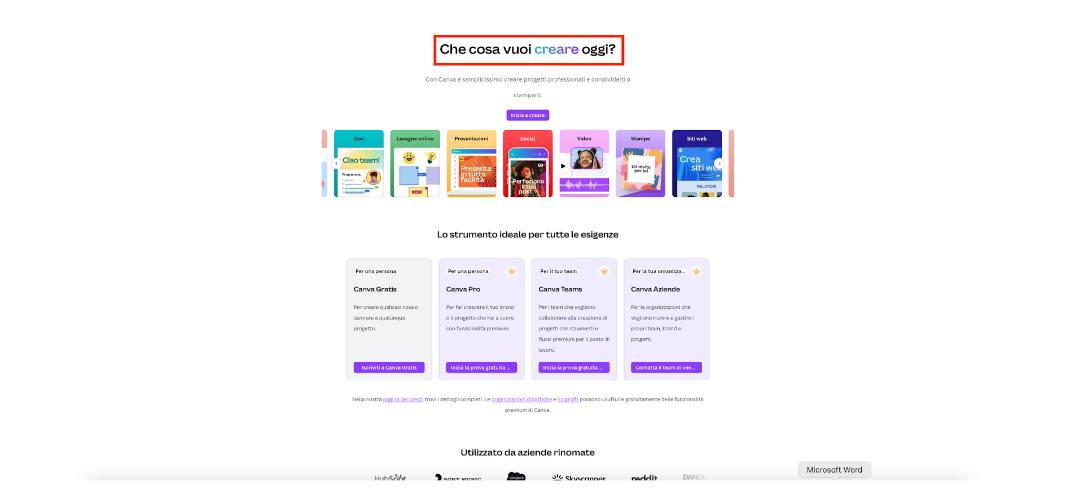
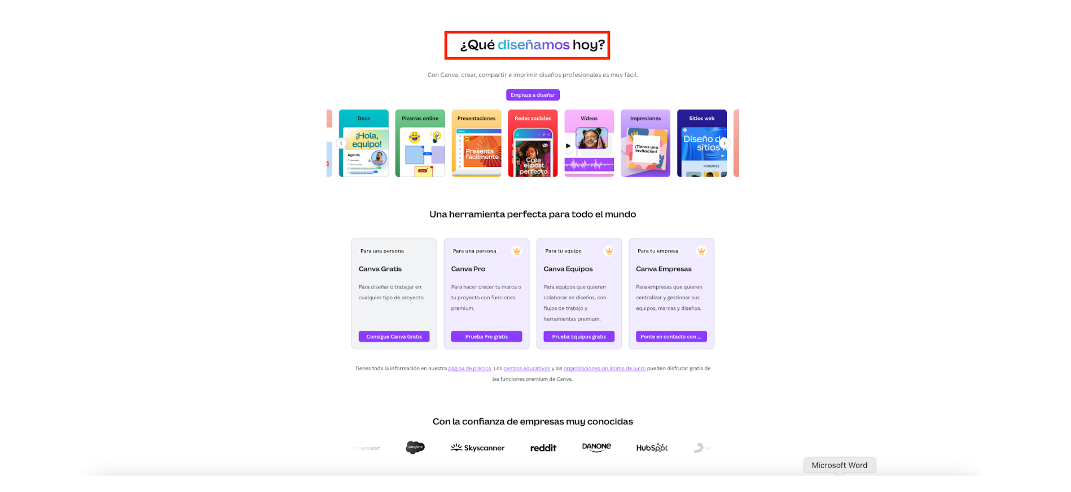
2. For Markets with Similar Language or Business Culture
Translation can also work when entering regions with similar business cultures or shared linguistic foundations. In these cases, the core product experience can remain the same, with only minor adjustments needed in language. Think about targeting users in the US and the UK: there are certainly language variations but generally speaking their language foundation is the same so translation can be enough.
How to Choose Between Localization and Translation
Before deciding on localization or translation, ask yourself these key questions:
- What are my long-term goals in this market?
- How important is cultural engagement to my business success?
- Do I have the budget to localize content for each market I want to enter?
Here are key factors to consider:
1. Market Complexity and Engagement Goals
If you’re targeting a market where cultural nuances significantly impact purchasing decisions, localization is vital. In markets like Japan or Germany, users expect products that not only speak their language but also reflect local values, customs, and business practices. For example, localized content can help build trust with users who prioritize culturally relevant content and experiences.
2. Speed vs. Depth of Market Entry
For SaaS companies looking to enter new markets quickly, translation can provide an efficient way to make your content accessible to a broader audience without a heavy upfront investment. Early-stage startups or businesses exploring product-market fit often use translation to test markets before committing to full localization. However, if your long-term goal is deep market penetration and building brand loyalty, localization offers a more tailored and engaging experience for users. In competitive or culturally distinct markets, localization can help you stand out by offering a product that feels fully native to the user.
3. SEO Performance and Local Search Behavior
From an SEO perspective, localization often delivers superior performance. Direct translations may not capture local search intent or regional variations in language, which could limit your visibility on search engines. Localizing your SEO strategy—including keywords, meta descriptions, and content—ensures you’re targeting the right search terms for each market.
4. Budget and Resources
Localization requires a more significant investment of time and resources than translation, as it involves cultural adaptation, region-specific design tweaks, and potentially even changes to the product itself. It’s essential to assess whether you have the budget to localize for each market you enter. If not, a phased approach might work best—starting with translation for initial market entry and shifting to localization as you grow.
For many SaaS companies, a hybrid approach—combining translation and localization—may offer the best balance of speed, engagement, and SEO optimization. Translation can help you enter new markets quickly, while localization allows you to build deeper, longer-term relationships with users once your product has proven its value. For instance, translating your landing pages and basic product information can help test new markets, and then localizing core user flows and support can deepen engagement as the market matures.
Conclusion
Both content localization and translation are crucial strategies for scaling your SaaS business globally. Translation can be an effective tool for quick market entry, providing accessibility to new users. However, localization is what drives long-term success by creating meaningful connections with local audiences, optimizing for regional search engines, and enhancing user experience. The key lies in finding the right balance based on your company’s goals and the markets you’re targeting. A well-planned strategy will ultimately position your SaaS for sustainable global growth and stronger brand presence in diverse regions.
Capture new markets with international SEO
Find out how our multilingual, multi-region team can help you drive international traffic and conversions.
Get a marketing consultation
